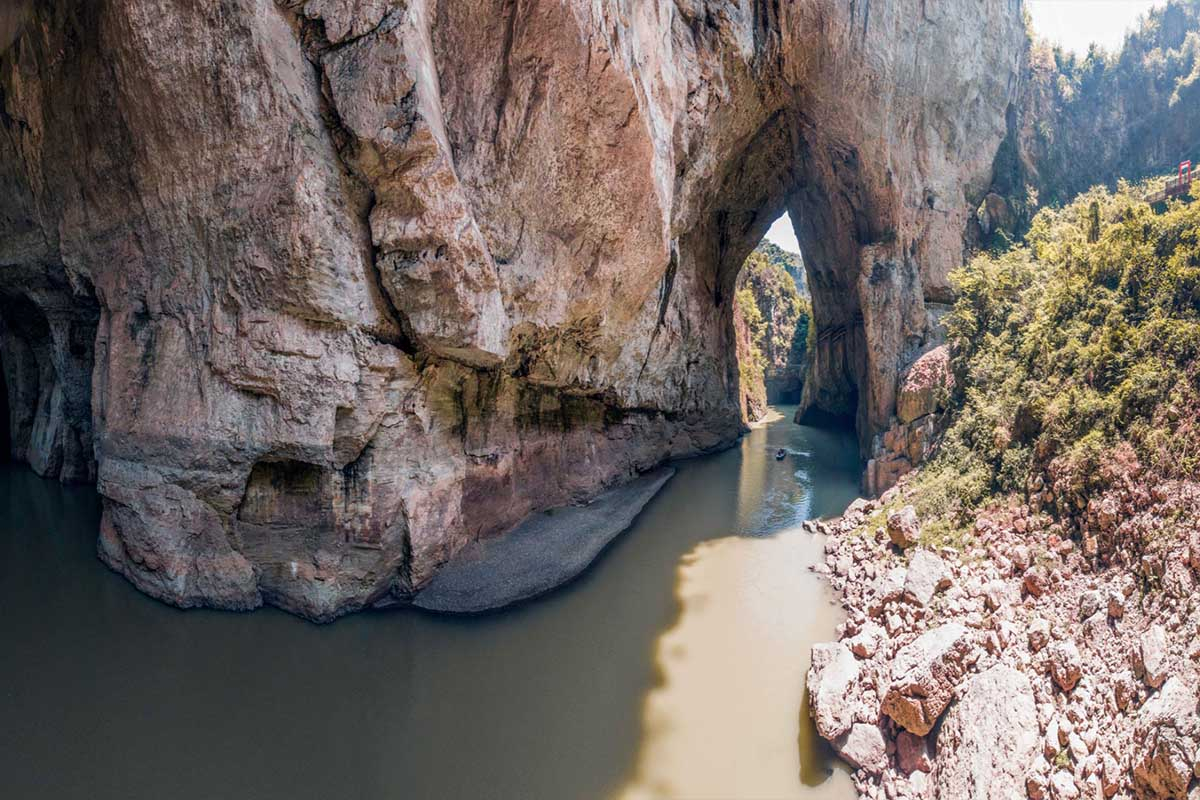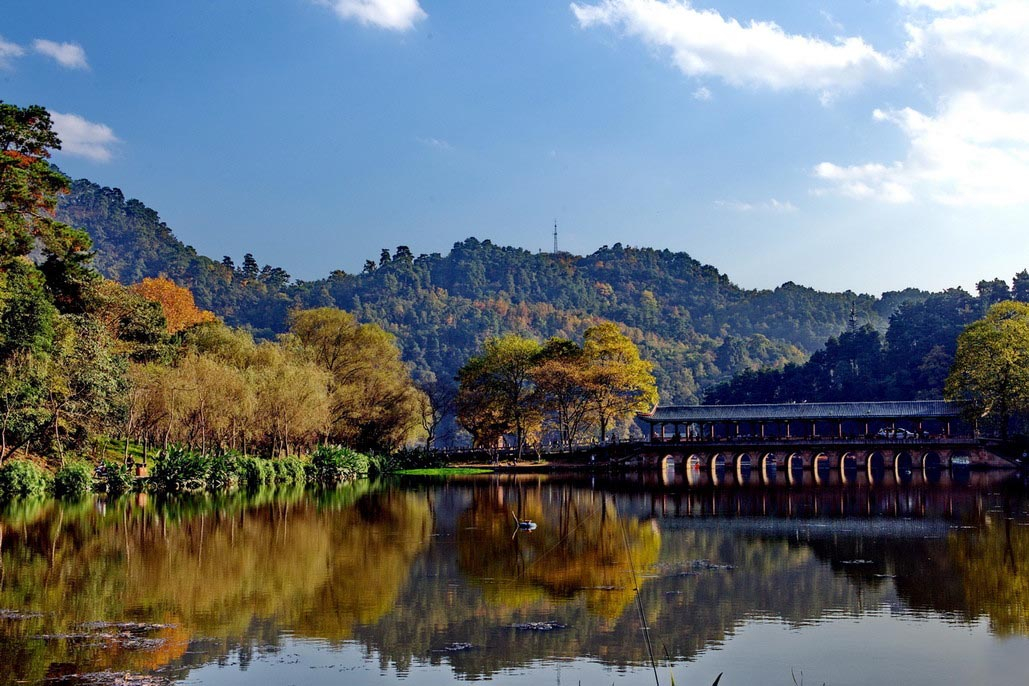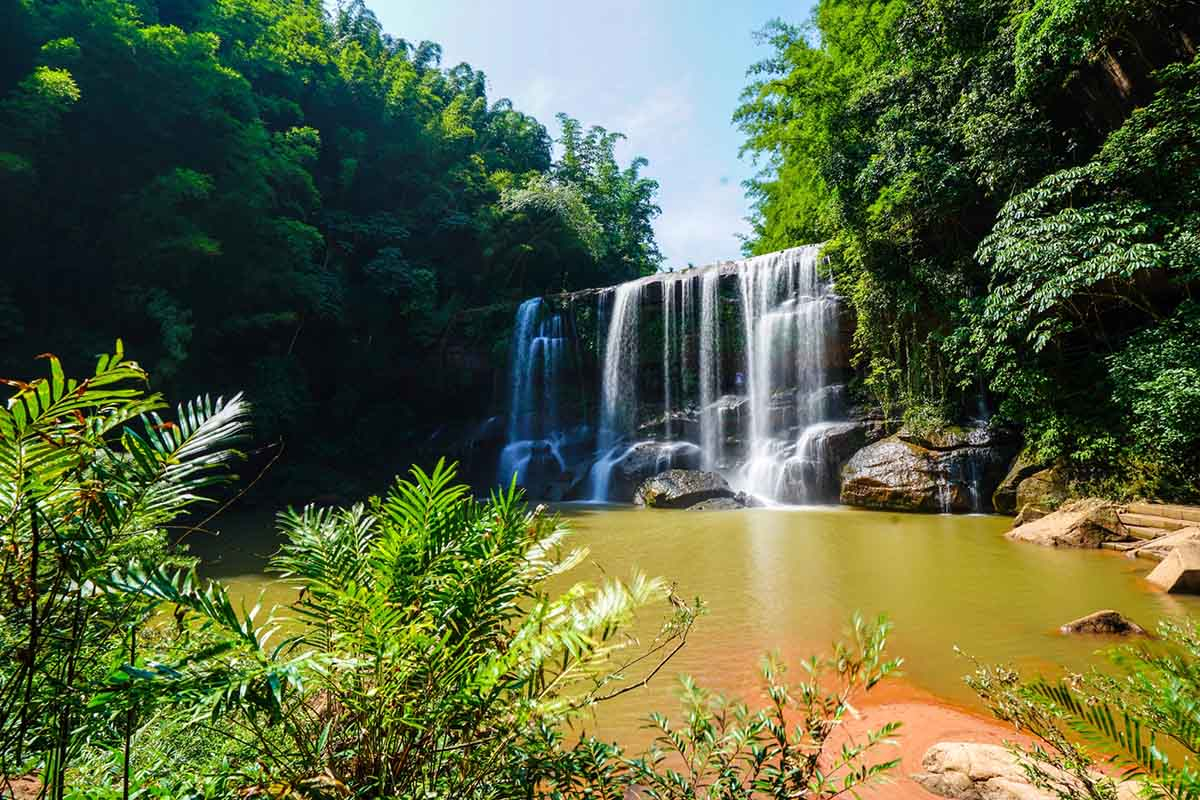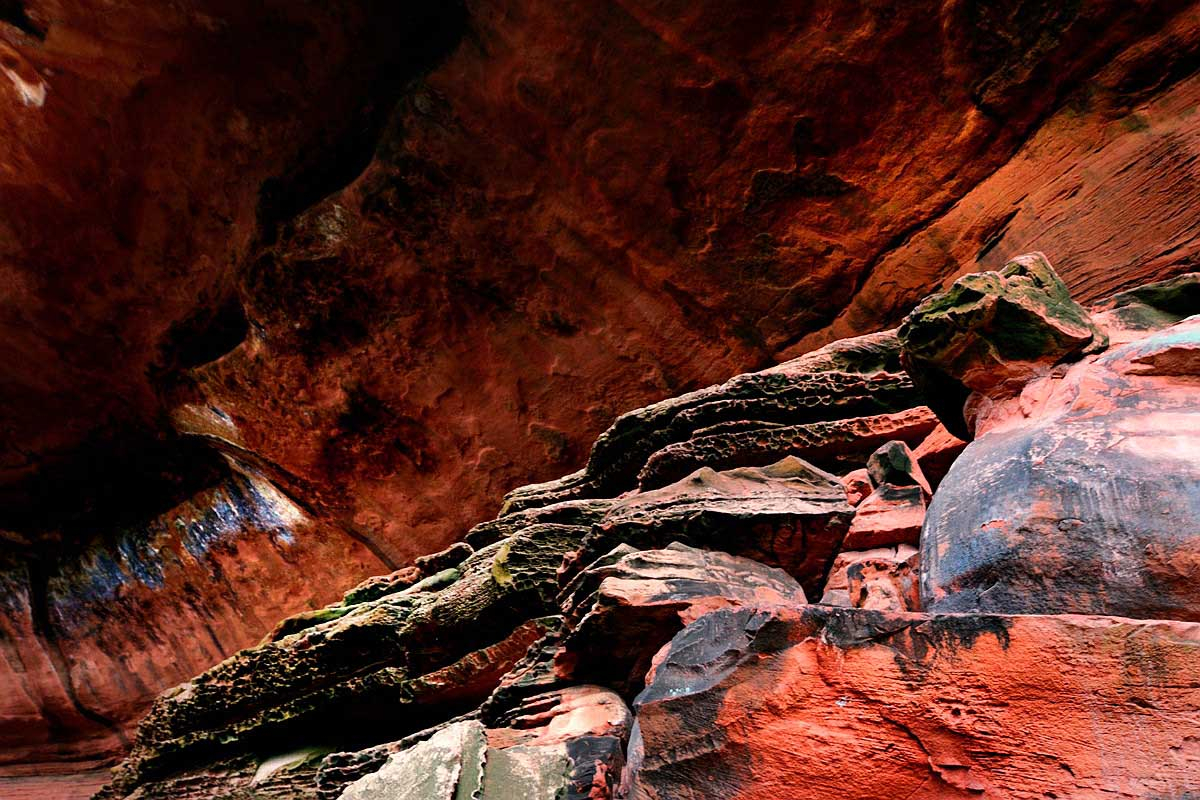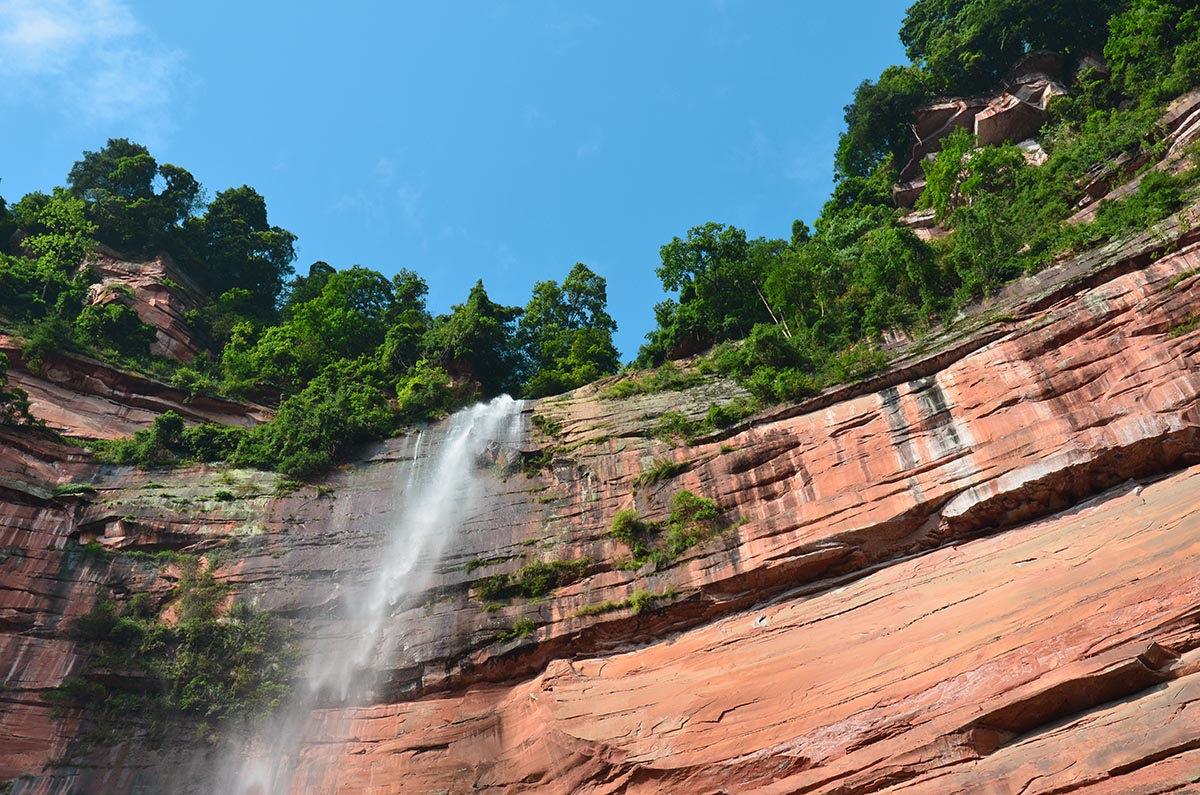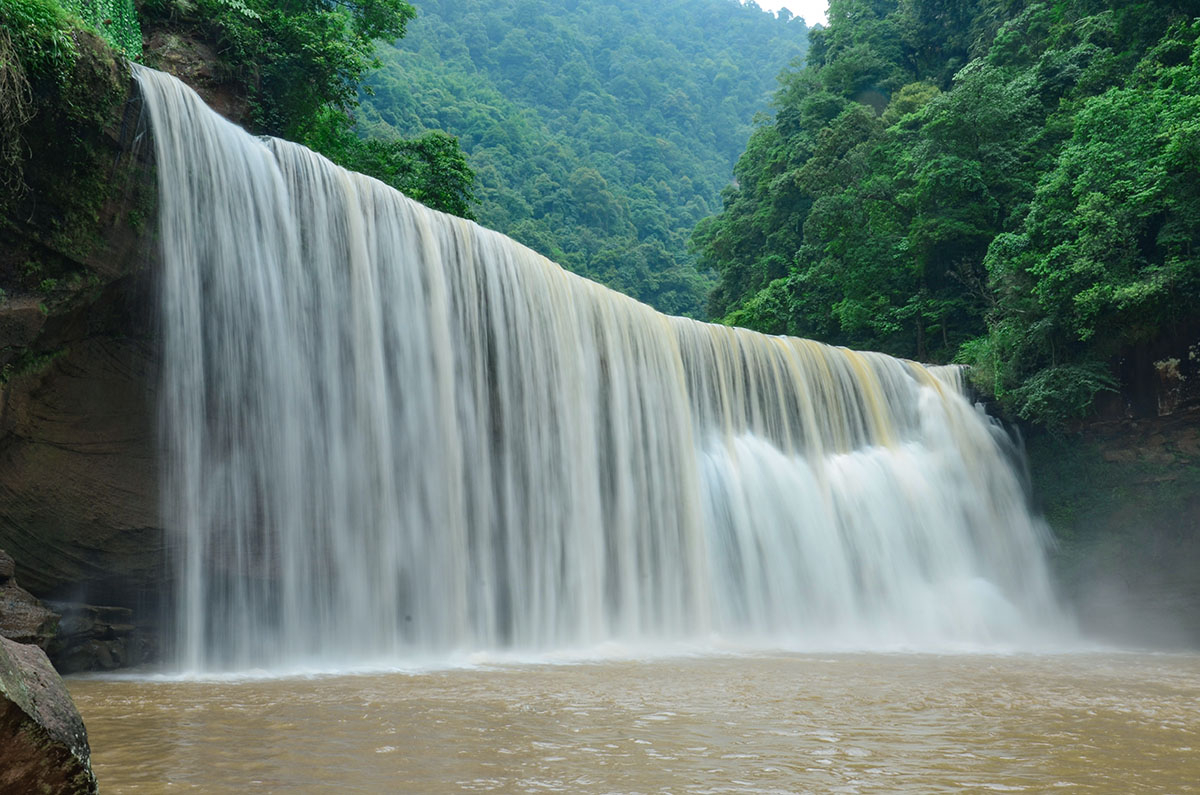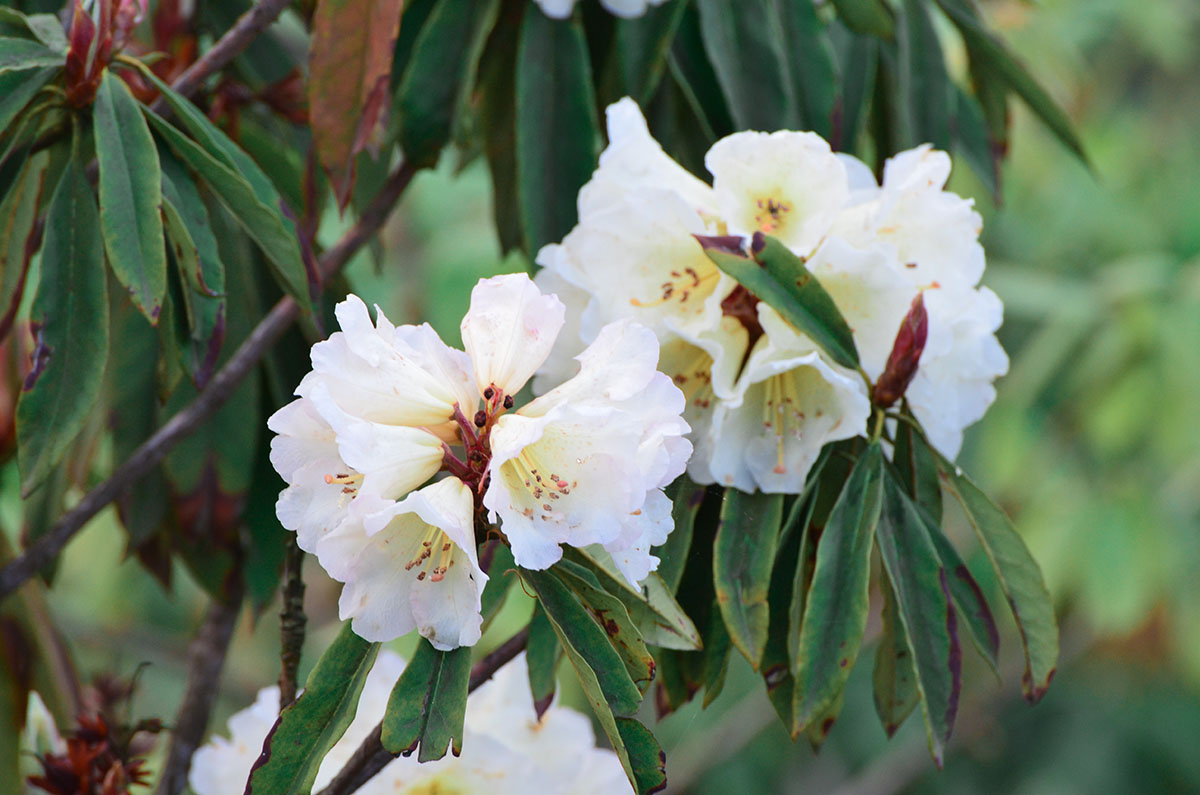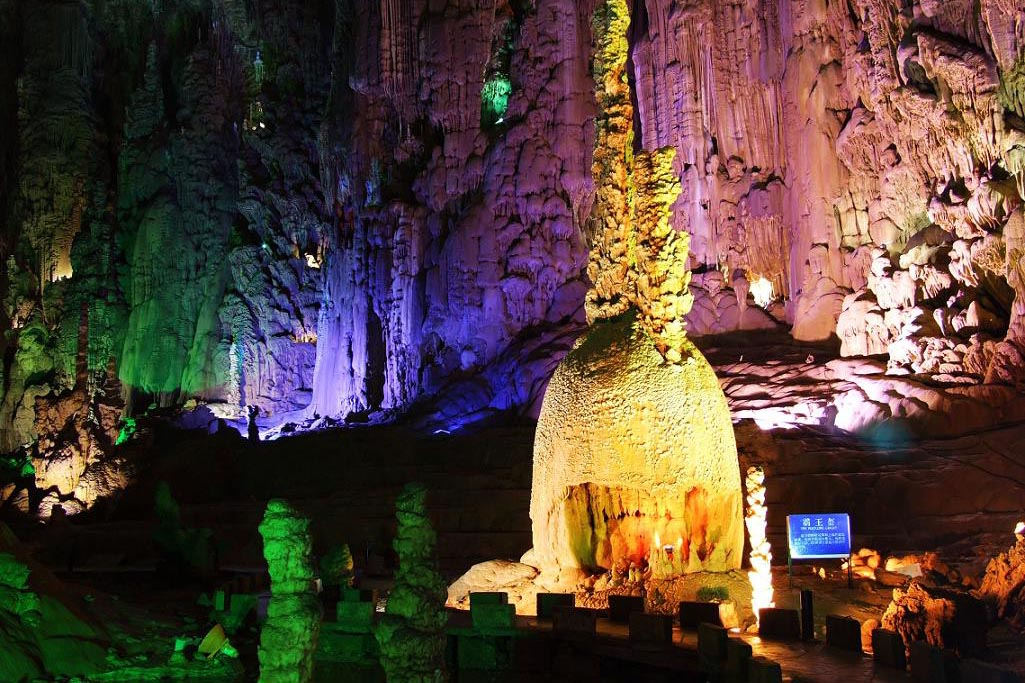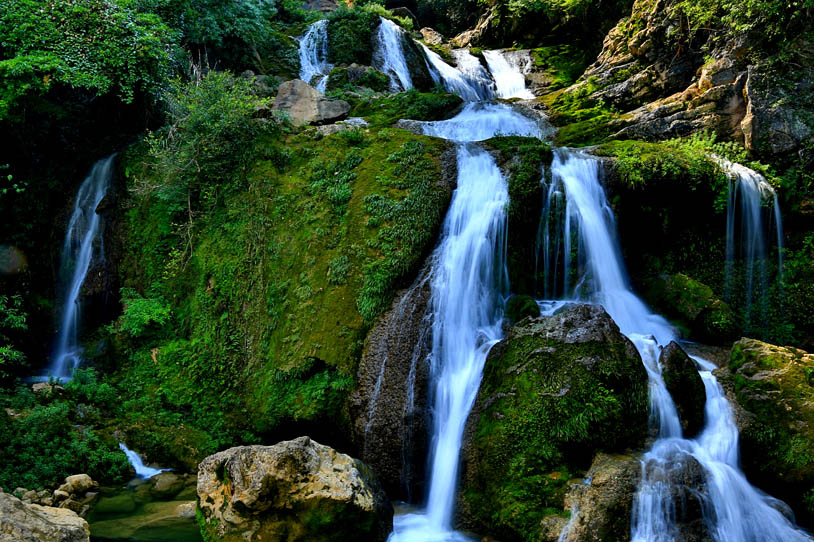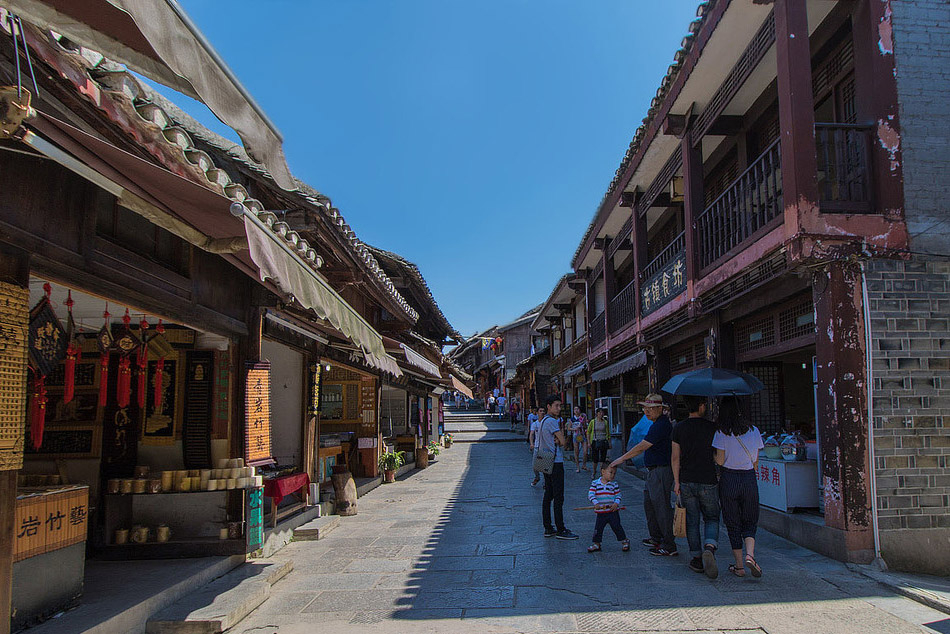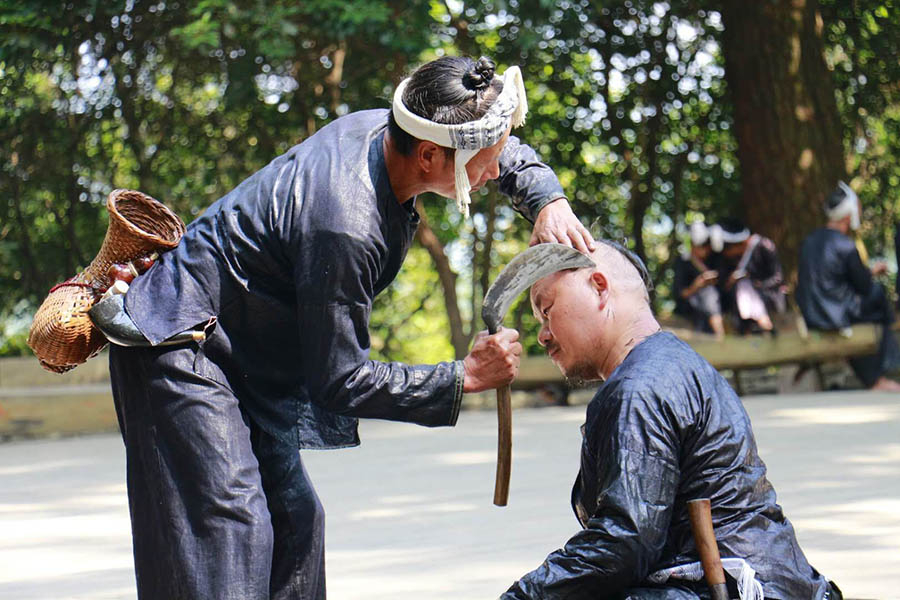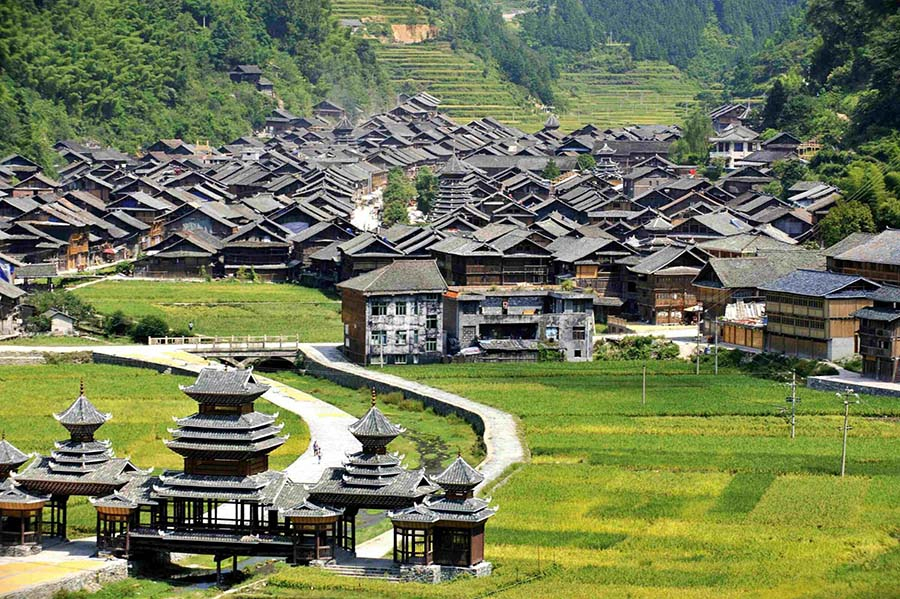Xijiang Qianhu Miao Village
Xijiang Qianhu Miao Village
Chinese name: 西江千户苗寨(Qian Hu Miao Zhai)
Location: Northeast of Leishan county, Qiandongnan Miao Prefecture, Guizhou Province.( about 200km east of Guiyang, about 40km from Kaili)
Ticket: Entrance ticket CNY110.00
Estimated tour time: 1 day
Recommended time to visit: Apr to Oct
Nearby attractions: Kaili Ethnic Minorities Museum, Langde Miao Village, Zhenyuan ancient town, etc.
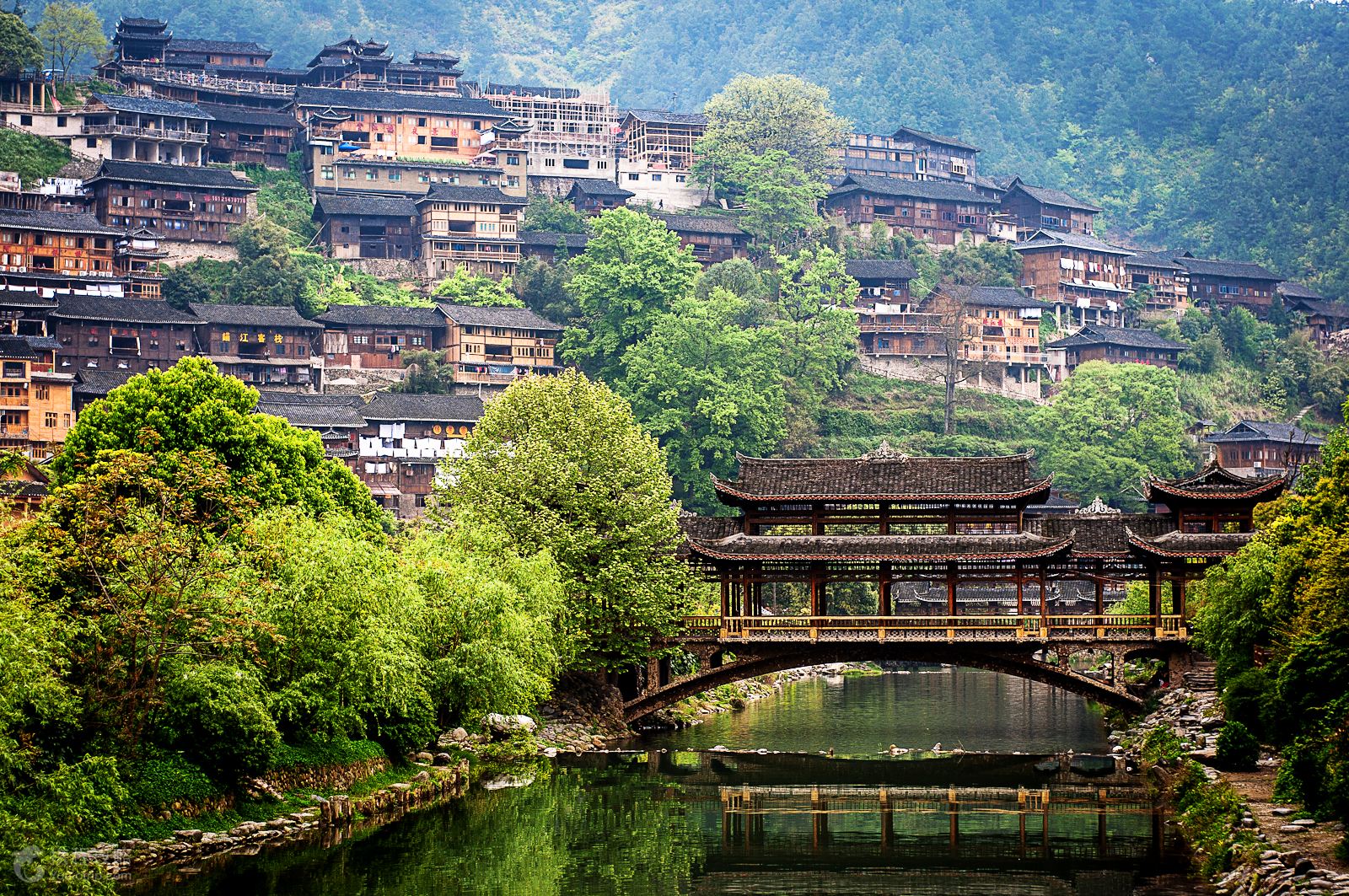
Xijiang is in Leishan County and is located about 35 kilometres from Kaili City in Guizhou. It is nestled on the northern side of Leigong Hill, The village is located by the valley and surrounded by overlapping mountains, with terraced fields rising along the slopes to the clouds and the Baishui (White Water) River flowing through and cutting the village into two. Miao hillside pile-dwellings stand tier upon tier along the two banks to the mountain. Thick bamboo groves are dotting before and behind the houses. Beautiful maple leaves cover the villages on the top and at the bottom of the mountain.
About 1,000 families and 6,000 people call Xijiang home, and of these 99.5% of them are from the Miao ethnic minority. Xijiang prides itself on being the largest Miao village in China, and perhaps the largest Miao village in the world. It is actually made up of a cluster of Miao villages, so it is more like a township than a village proper. The Diaojiaolou, a kind of stilted wooden dwelling built by the Miao people, stretch up the hillsides on either side of the river. They look almost unreal, with thick wooden poles supporting the backs of the houses so that they appear to be hanging off of the hillside.
The banks of the river are connected by vast numbers of stunning Wind-Rain bridges, which look like tiny palaces hovering over the rushing water. Although many of the houses in the village have been newly built, there are still plenty of traditional houses and structures throughout the village that were all hand-built by local carpenters long before the village became a tourist attraction.
Xijiang Miao people have a long history, which dates back to the Chiyou Tribe. It is said that Chiyou's third son's descendants had formed the Miao cultural system before moving to Xijiang, and lived in a self-management for quite a long period, therefore, the Miao culture can be well preserved and developed, becoming a place where the Miao culture of "primitive state" is comparatively completely conserved, thus called " a national open-air museum".
The main, tourist oriented part of the village is made up of two streets: an old or ancient street and a modern-built street. there are many wonderful snack stalls, restaurants, and stores selling locally produced craftworks such as batik textiles, silverwork and fine embroidery. The Miao people are famed for their skill at these particular arts so a small, handmade trinket from Xijiang village would make the perfect souvenir.
Xijiang Miao people are brave and hard-working, good at singing and dancing. The village is called "a sea of songs and dances", and the villagers sing songs to express their feelings and perform dances to celebrate their bumper harvests and to greet good luck. High-pitched beautiful flying songs, tactful and touching love songs or wine songs, Gabaifu songs, farewell songs sung at home all have their own tunes with emotion and scene mixed together. Xijiang Miao festivals are rich and colorful, such as the Tasting-Ripening-Grain Festival, the Miaoniao festival, the Guzang Festival, etc.
- HOTEST
- RECOMMEND
